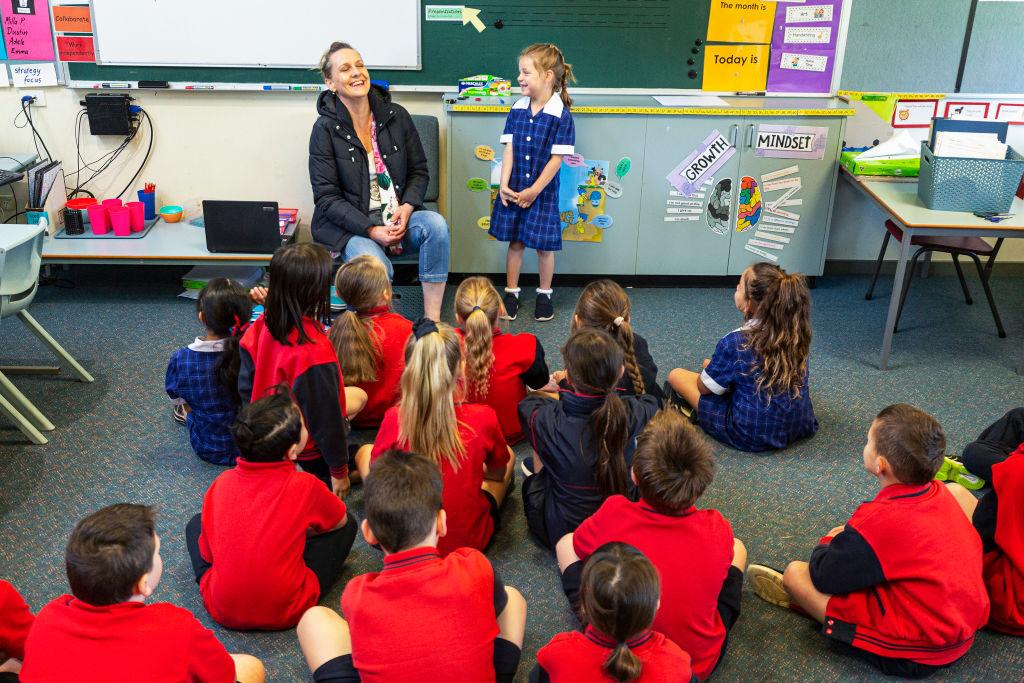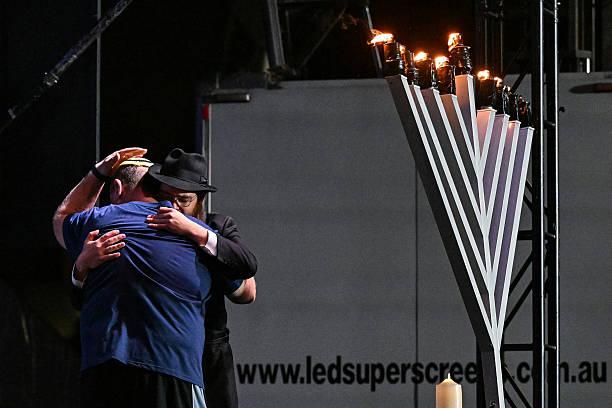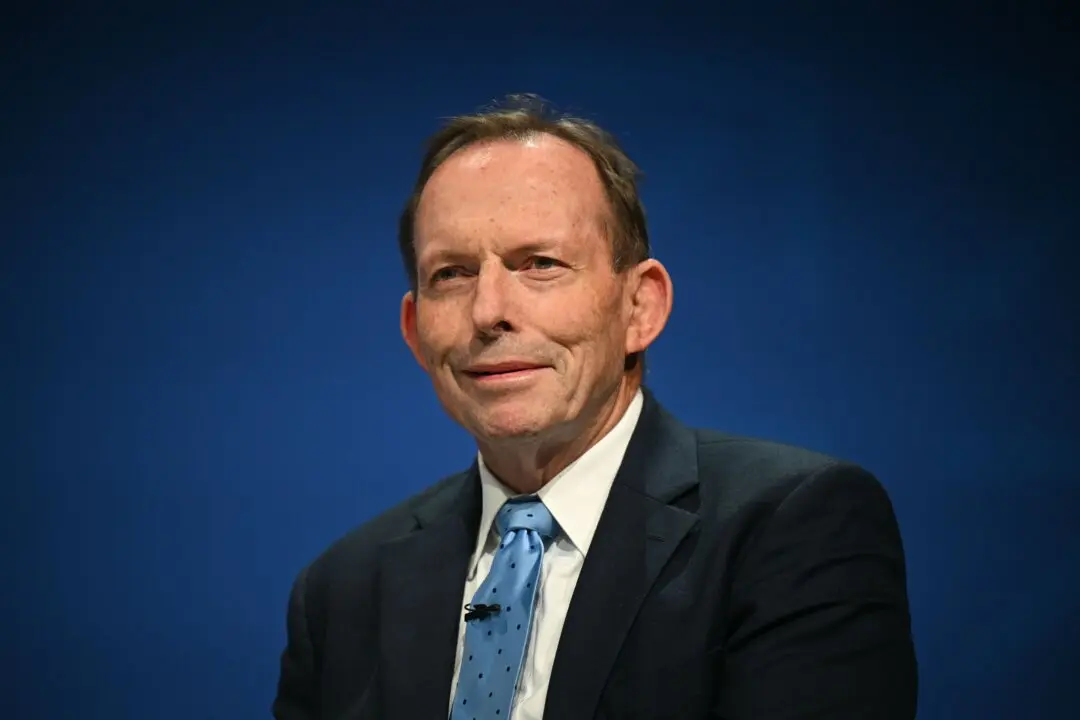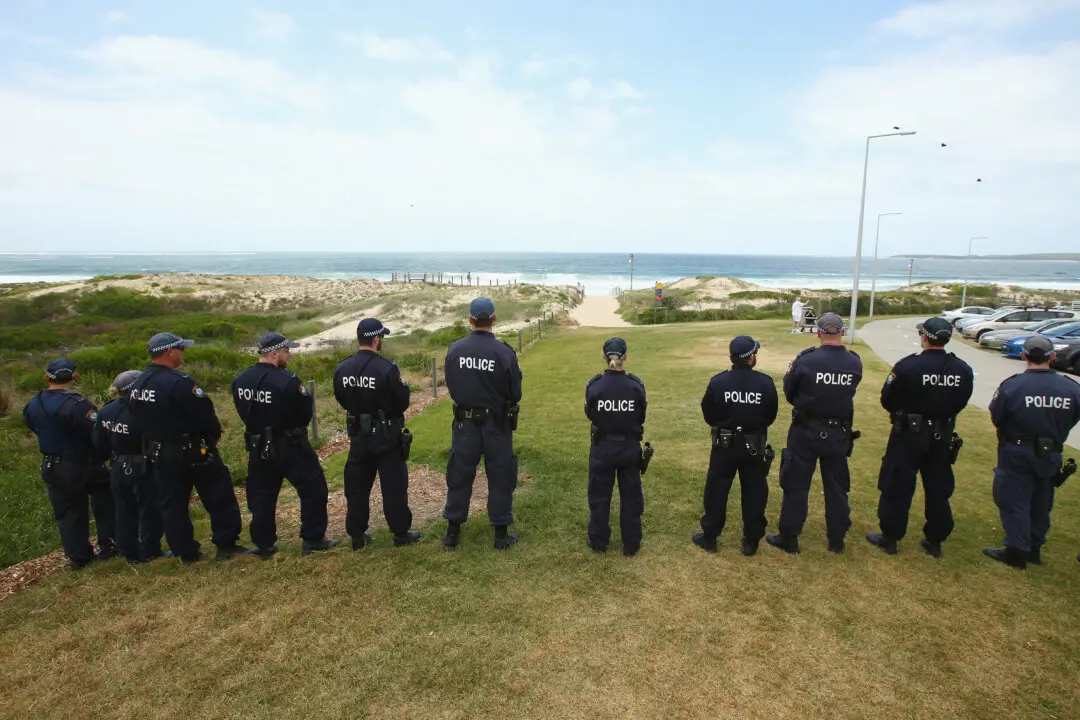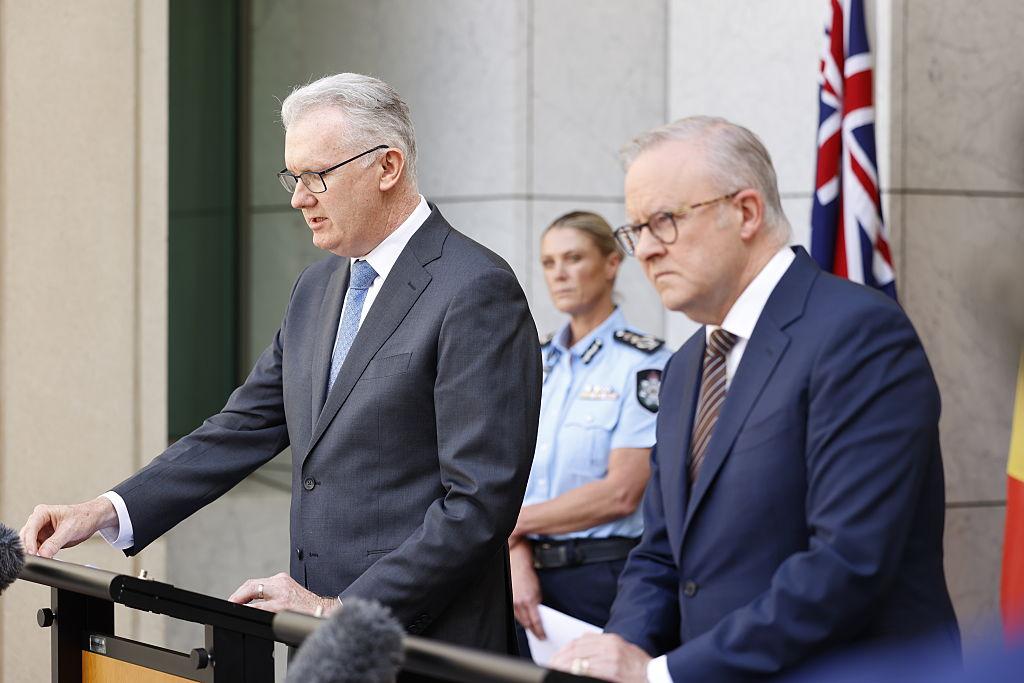The government has announced a $3.6 billion (US$2.36 billion) pay boost for early childcare workers, set to be distributed over two years from funds set aside in the budget in the May budget.
It represents an increase of 15 percent, but is still significantly less than the 25 percent that was sought.
